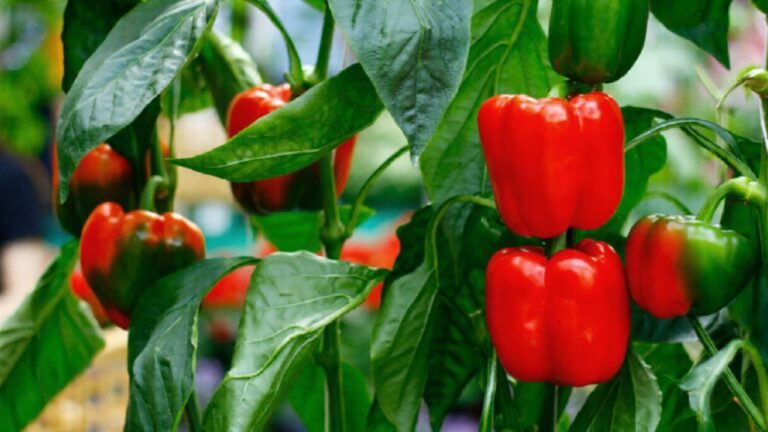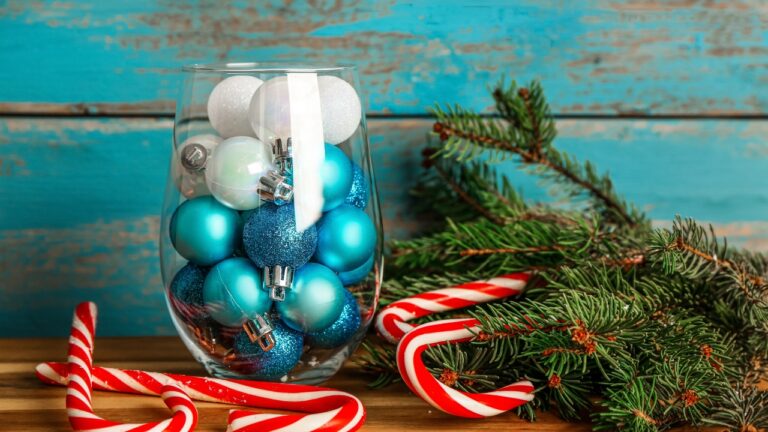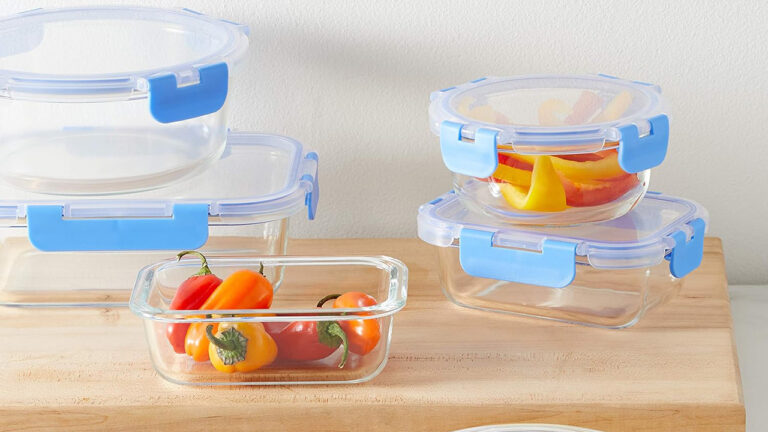8 ways people ruin their nonstick pans without knowing
Nonstick pans make cooking easier, but they’re not built to handle every kind of use. Small mistakes in how you cook, clean, and store them can break down the coating faster than you realize. Once the surface starts to chip or lose its slickness, food sticks more and the pan becomes nearly useless.
The good news is most of the damage comes from avoidable habits. Paying attention to how you treat your nonstick pans helps them last years longer, saving you money and frustration in the kitchen.
Using metal utensils

Metal spoons, spatulas, or whisks scratch the coating with every stir. Even light scratches weaken the surface, and over time food starts sticking more.
Switching to silicone, wood, or plastic utensils protects the coating. They’re gentler on the surface and prevent the tiny scratches that add up.
Cooking on high heat

Nonstick pans aren’t made for high-heat cooking. Extreme temperatures break down the coating and release fumes that aren’t good for you.
Medium heat is usually enough for most foods. If you need high heat, use stainless steel or cast iron instead and save your nonstick pans for lower temperatures.
Using cooking sprays
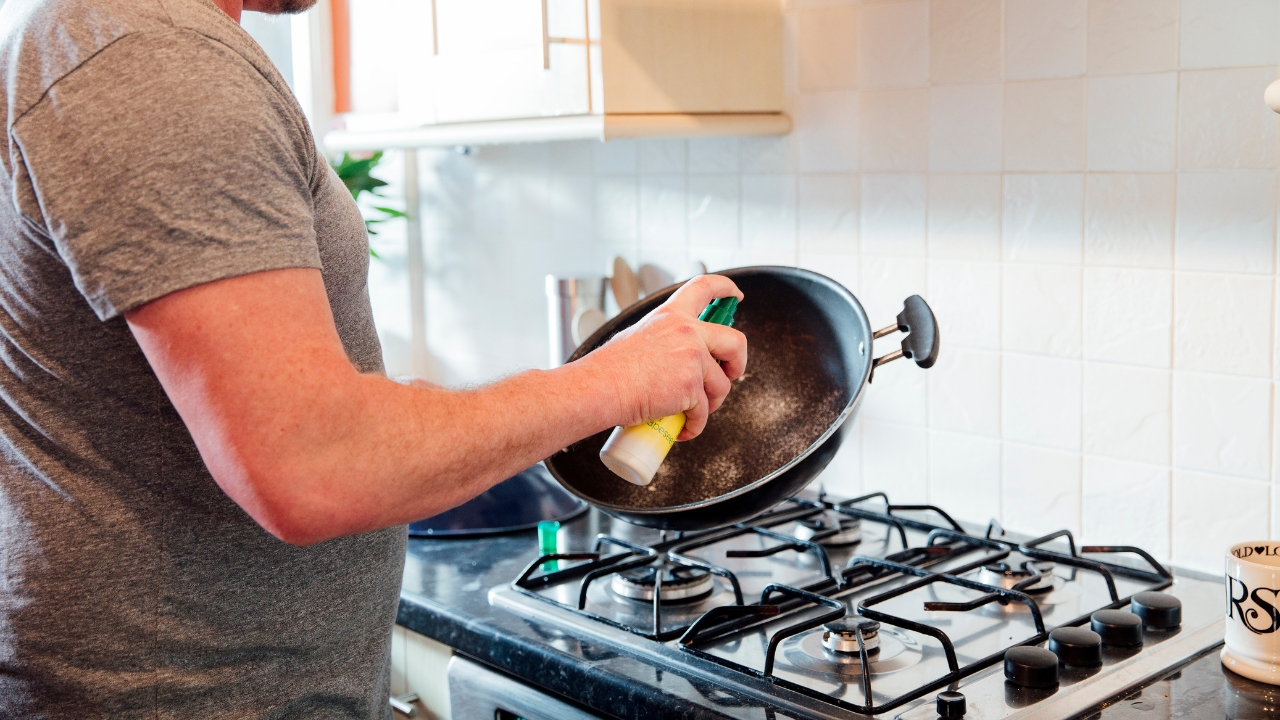
Aerosol sprays leave behind a sticky residue that builds up on the surface. This layer doesn’t wash off easily and makes food more likely to stick.
Using a small amount of oil or butter works better and won’t damage the coating. A quick wipe with a paper towel afterward helps too.
Putting them in the dishwasher
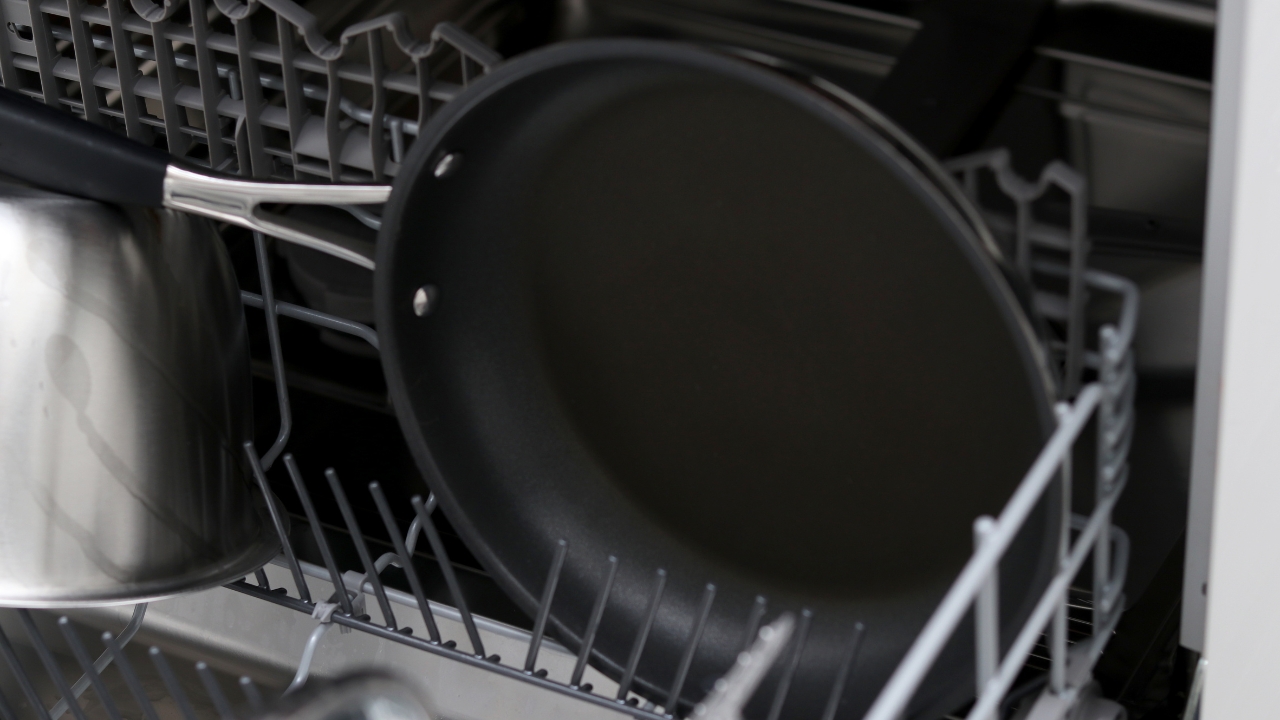
Dishwashers use high heat and harsh detergents that wear down nonstick coatings quickly. Over time, the surface becomes rough and loses its effectiveness.
Hand washing with warm water and mild soap is much safer. It only takes a minute and adds years to the pan’s life.
Stacking pans without protection

Stacking pans directly on top of each other scratches the coating, especially if heavier pans rest on lighter ones.
Using a pan protector, paper towel, or even a dish rag between pans keeps them from rubbing together and wearing down.
Using abrasive scrubbers
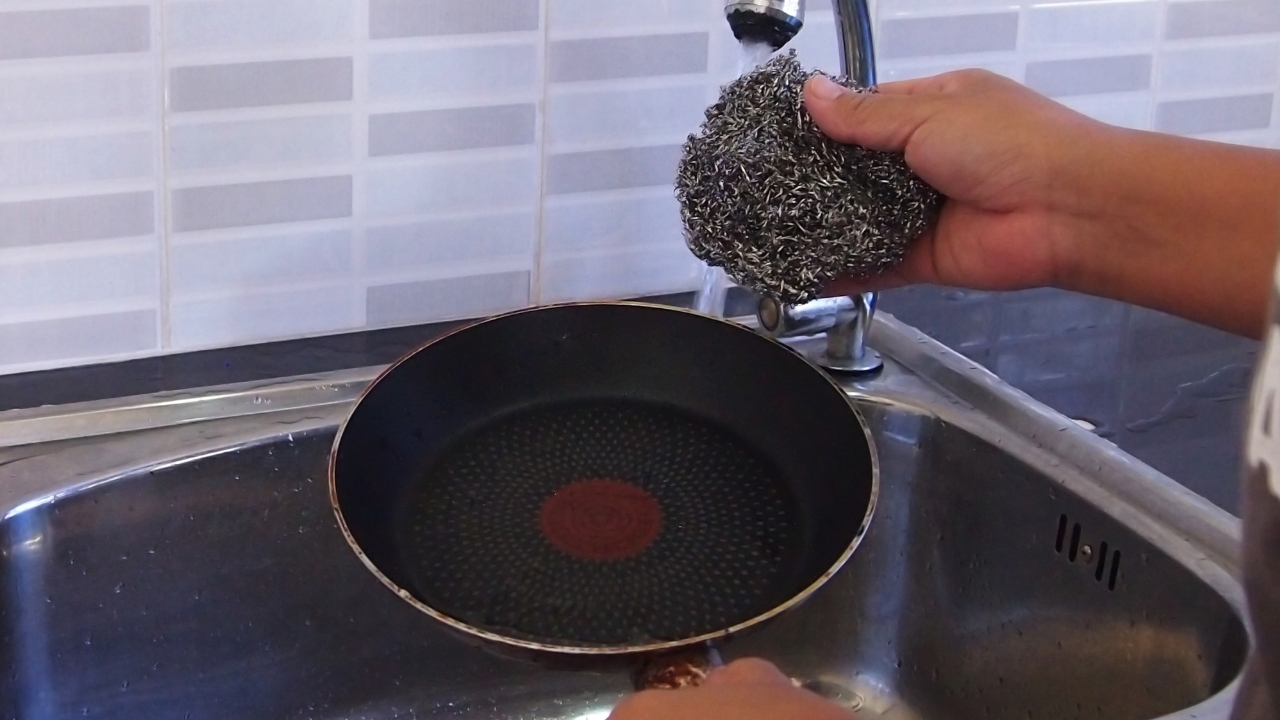
Steel wool, rough sponges, or abrasive cleaners strip away the coating. Even one tough scrubbing session can damage the surface.
Stick to soft sponges or cloths with mild soap. For stuck-on food, soaking the pan in warm water is safer than scrubbing hard.
Preheating an empty pan

Heating a nonstick pan with nothing in it causes the surface to heat unevenly and break down. The coating isn’t designed to handle that kind of stress.
Always add oil, butter, or food before turning up the heat. That layer helps regulate temperature and protects the coating.
Using them long after they’re worn

Nonstick pans don’t last forever. If the surface is flaking, scratched, or warped, it’s time to replace it. Cooking on damaged nonstick can be unsafe and ineffective.
Rotating pans and replacing them when needed keeps your cooking safer and easier. It’s better than fighting with one that’s past its prime.
*This article was developed with AI-powered tools and has been carefully reviewed by our editors.


